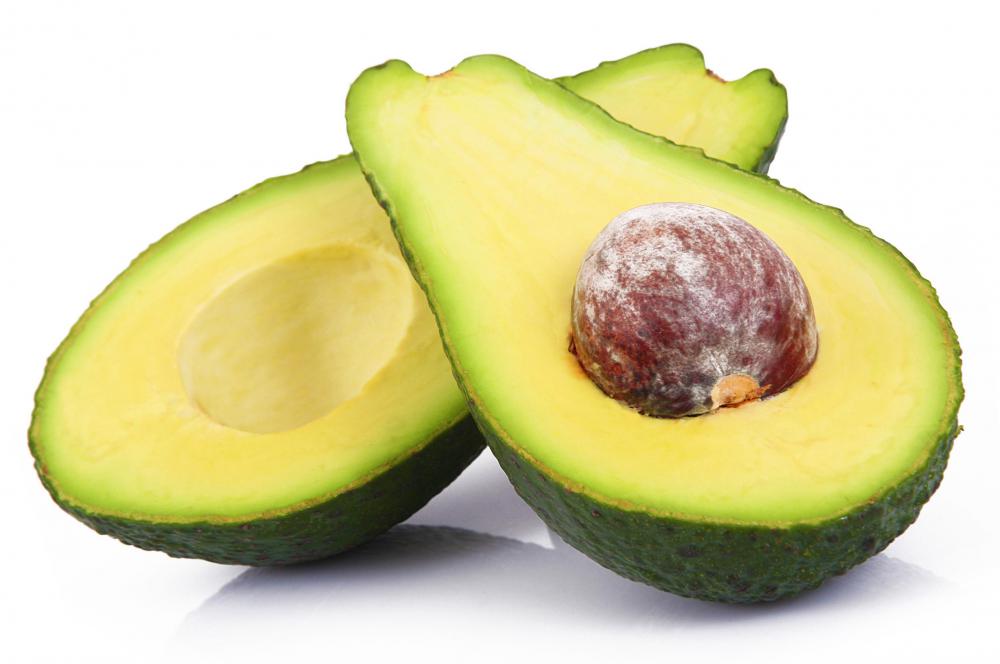At TheHealthBoard, we're committed to delivering accurate, trustworthy information. Our expert-authored content is rigorously fact-checked and sourced from credible authorities. Discover how we uphold the highest standards in providing you with reliable knowledge.
What is Lipid Metabolism?
Lipid metabolism is the process by which fatty acids are digested, broken down for energy, or stored in the human body for later energy use. These fatty acids are a component of triglycerides, which make up the bulk of the fat humans eat in foods like vegetable oils and animal products. Triglycerides can be found in the blood vessels as well as stored for future energy needs in the cells of adipose tissue, better known as body fat, and in liver cells. Though the body’s main source of energy is carbohydrates, when this source is exhausted, the fatty acids in triglycerides will then be broken down as a backup energy source. Examples of times the body draws energy from lipid metabolism are during exercise, when the supply of glycogen, or the stored form of the carbohydrate glucose, is used up, or when there is insufficient carbohydrate in the diet to meet the body’s energy needs.
Triglycerides, also known as lipids or fats, are well suited for their role as a form of stored energy as each gram supplies 9 calories (37 kilojoules), whereas carbohydrates supply only 4 calories (17 kilojoules) per gram. As calories are units of energy, fats are considered to be an energy-dense nutrient. Triglycerides are made up of three fatty acid chains bonded to a hydrogen-containing compound called a glycerol, fatty acids that can be liberated during lipid metabolism when the body requires these calories for energy.

The first step in lipid metabolism is the consumption and digestion of triglycerides, which are found both in plant foods like olives, nuts, and avocados, and animal foods like meats, eggs, and dairy products. These fats travel through the digestive tract to the intestine where they are unable to be absorbed in triglyceride form. Instead, they are divided via an enzyme called lipase into fatty acids and, most often, a monoglyceride, which is a single fatty acid chain attached to a glycerol. These divided triglycerides then can be absorbed through the intestines and reassembled into their original form before being transported by chylomicrons, a type of a substance similar to cholesterol known as a lipoprotein, into the lymph system.

From the lymph system the triglycerides get into the bloodstream, where the process of lipid metabolism can be completed in one of three ways, as they are either transported to the liver, to muscle cells, or to fat cells, where they are either stored or used for energy. If they end up in liver cells, they are converted into a type of “bad” cholesterol known as very-low-density lipoprotein (VLDL) and released into the blood stream, where they work to transport other lipids. Triglycerides sent to muscle cells can be oxidized in the mitochondria of those cells for energy, whereas those sent to fat cells will be stored until they are needed for energy at a later time. This results in an increase in the size of the fat cells, visible on a person as an increase in body fat.
AS FEATURED ON:
AS FEATURED ON:















Discuss this Article
Post your comments